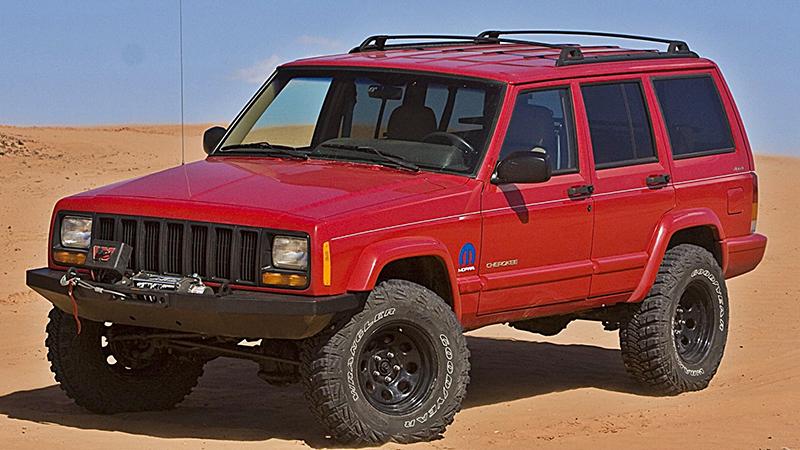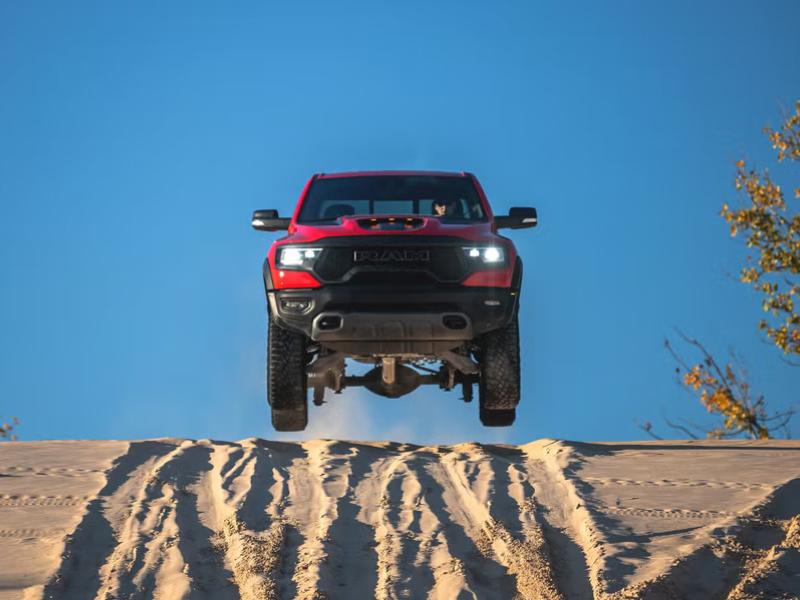We are not really sure about this one. At first glance it looks like one of those lame April 1 “jokes”. But then…
American media are mourning the death of the Jeep Cherokee.
The Cherokee has been in production for 49 straight years, first as a body-on-frame SUV before evolving into the unibody XJ generation that so many 4WD fans know and love. Built between 1984 and 2001, it was an incredible hit for the brand, so much so that values have skyrocketed as collectors attempt to cash in on the retro design and nostalgia factor. In New Zealand, older Cherokees are a common sight on classic offroad trails, and a number are ‘Trailer Queens’, de-registered fun trucks.
Jeep stopped selling the XJ in America in 2001, though the model lived on through licensed production in China which continued all the way up until 2014. That same year, Jeep reintroduced the Cherokee name back into its North American line-up with a midsize crossover, where it sat languishing in the company’s line-up until now.
After 10 years on the market, Jeep reportedly idled the Cherokee’s plant indefinitely on March 1. Media in the US say the length of the plant’s freeze is dependent on how negotiations between Stellantis and the United Auto Workers union pan out.
The name “Cherokee” is far from dead in Jeep-speak, of course. The company still sells the Grand Cherokee, which is expected to stick around for a while, as it was just given an overhaul in 2022.
A Jeep spokesperson confirmed the company will replace the Cherokee with a new midsize crossover, though they didn’t go as far as to say it would carry on the Cherokee name. Currently, the new Alfa Romeo-based Hornet seems to fill that spot in Stellantis’s corporate line-up.
Locally, pre-loved XJ Cherokees sell for $12,000 to $18,000; the range illustrating the gap between ‘mild and wild’. The later crossover versions – lacking the tough good looks of the XJ – are selling for around $30,000. The most expensive one on TradeMe at the moment is a 2022 model for $89,900.







